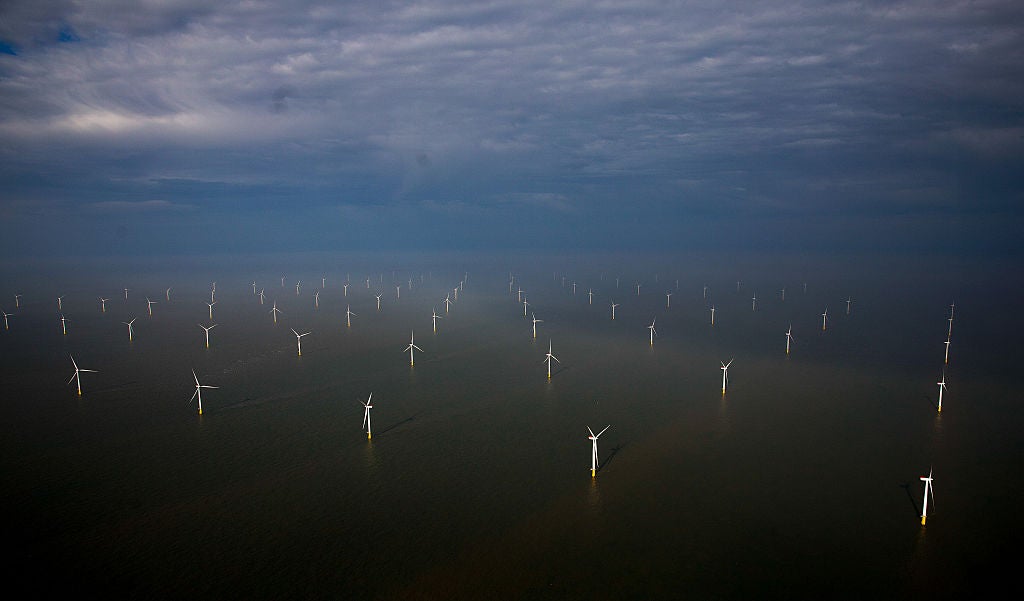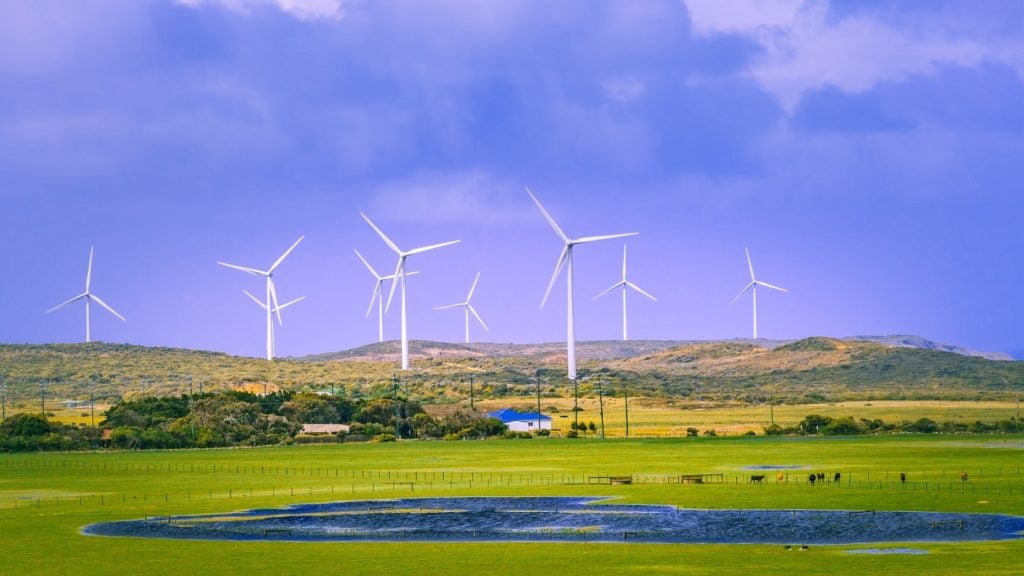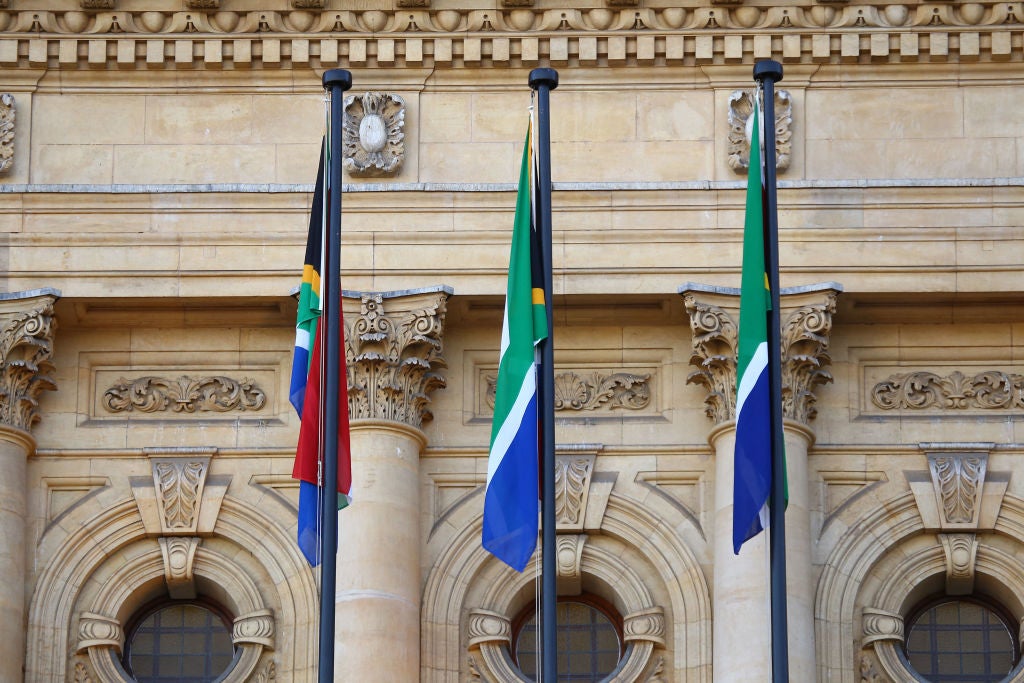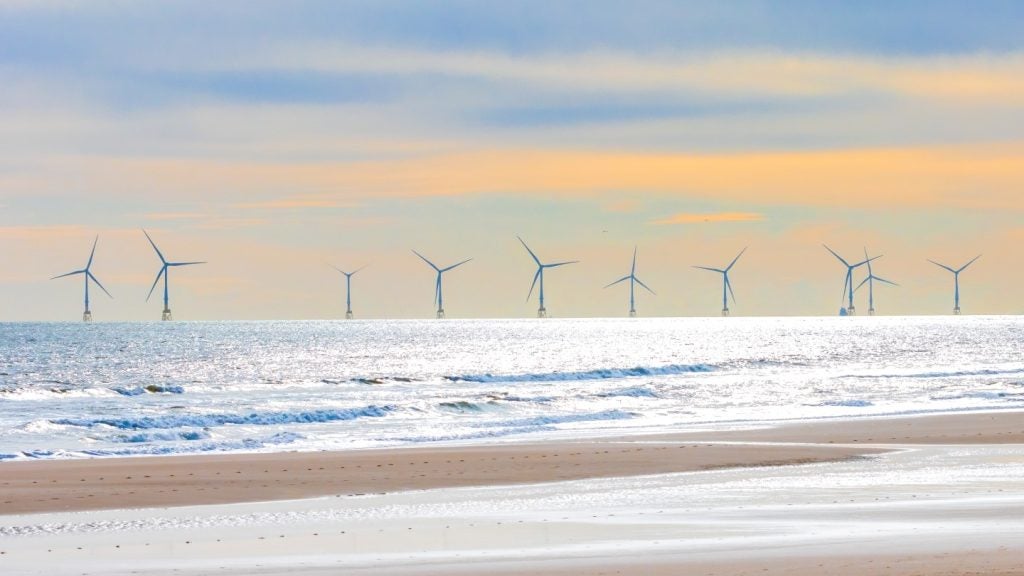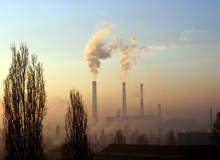
Delivering the keynote address at the International Power Summit (IPS) in Rome earlier this year, K&M Group chairman and CEO Michael Kappaz invoked a song from Giusseppe Verdi's opera Rigoletto to sum up the general mood in the power industry at present. 'La dona e mobile', or 'a lady is fickle', he declared to a largely male audience. "Substitute economy for lady and that's what's happening now," Kappaz quipped.
Kappaz painted a grim picture of the global power market, warning of a major slowdown in project development now that the majority of the world's major banks are no longer in a position to lend. For developing countries the prognosis was especially bleak while the close correlation between GDP and power consumption is further fuelling anxieties as many leading economies slip deeper into recession.
With a $1.5tn trade deficit in the US at the moment and global confidence at its nadir, the light at the end of tunnel would seem to be some way off. "How do you forecast this future?" Kappaz asks. For several years until the current crisis, infrastructure projects, especially in the energy sector, were a beacon to cashed-up banks and other investors looking for safe havens. "Until now we've had a herd mentality," he adds.
By contrast, only those projects presenting the highest returns with minimal risk will now get a look in. "The private debt market will be in disarray for several years, most of the little funding available will go to developed countries," Kappaz says.
While it is true that accessing large lumps of cash from massive institutions is a thing of the past, those companies with projects demonstrating sound financials should be trying to assemble and woo private consortiums of investors where the risk is easier to share around.
See Also:
"Private lenders could arrange and manage on behalf of multi-lateral syndicates," Kappaz says. Without them, the near-term prognosis for the power industry is quite dire indeed.
How well do you really know your competitors?
Access the most comprehensive Company Profiles on the market, powered by GlobalData. Save hours of research. Gain competitive edge.

Thank you!
Your download email will arrive shortly
Not ready to buy yet? Download a free sample
We are confident about the unique quality of our Company Profiles. However, we want you to make the most beneficial decision for your business, so we offer a free sample that you can download by submitting the below form
By GlobalDataIndia, for example, is clearly in the midst of a rapid slowdown but a number of privately funded projects based around alternative energy sources are progressing. Also emerging as an important funding alternative for the power industry is sovereign wealth funds, the biggest of course being China's. However, accessing money from these will demand different skills of negotiation and diplomacy, unlike discussions project developers are accustomed to with private financial institutions. There are, of course, often political barriers as well.
Efficiency and emissions focus
As the global credit crisis hobbles major power projects around the world, a radical rethink of how risk is managed and how plants are designed – both in terms of efficiency and reducing emissions – is expected. This may result in a higher rate of project success in the future, which in turn may inspire greater confidence in the sector among investors looking for ways to return to the market. This sentiment was broadly echoed by this year's IPS delegates.
Developing economies will be especially reliant on such improvements now that money for new projects has virtually dried up. Kappaz says that most of the little funding available is going to developed countries, while projects in developing economies are predicted to come to a complete standstill. "There is virtually no project debt available for developing countries," he says.
With carbon prices expected to begin recovery from their all-time lows, countries will also feel increased economic pressure to address their emissions.
A major part of this will be the development of more effective solutions based around alternative power. "One of the big challenges is finding the right balance," says Albert Bloem from Dutch utility Essent. Firstly, plants need to increase the efficiency of their operations, he says. Next there is the issue of replacing fossil fuels with renewables such as wind and solar. Last, but not least, is the need to reduce emissions via sophisticated technologies for filtration and other processes.
Bloem cautions, however, that despite the urgency with which governments and other institutions are pushing for action leading to greener power, there is still much thought and planning required to find the right mix. "Let's first bake the cake before we start cutting it," he says.
China's insulation
Of course China, with its huge cash reserves, will remain relatively insulated. Even with economic growth slowing to just below 7%, new power plants continue to be commissioned.
Most of China's energy is derived from coal. With power needs expected to increase to 300 million tons of coal equivalent by 2020, there are deep concerns about the country's future emissions.
In response, China has increased its investment in nuclear energy, while biomass is also being viewed as a serious alternative. A recent report by the National Action Plan for Rural Biomass Renewable Energy Development in China suggested that clean biomass energy should be able to provide more than 30% of rural energy demand by 2020."The rural agricultural sector will provide ethanol and biodiesel from high-yield energy crops and support the national strategic goal of producing alternative fuel products to substitute ten million tons of fossil fuel products by 2020," the report says.
Until only recently, alternative power was typically been equated with higher costs. However, research into the areas of nuclear, wind, solar, hydro and thermal power has come ahead in leaps and bounds over the past few years and it is hoped that the economic benefits of larger-scale deployment will take precedent over environmental pressures in the future.



